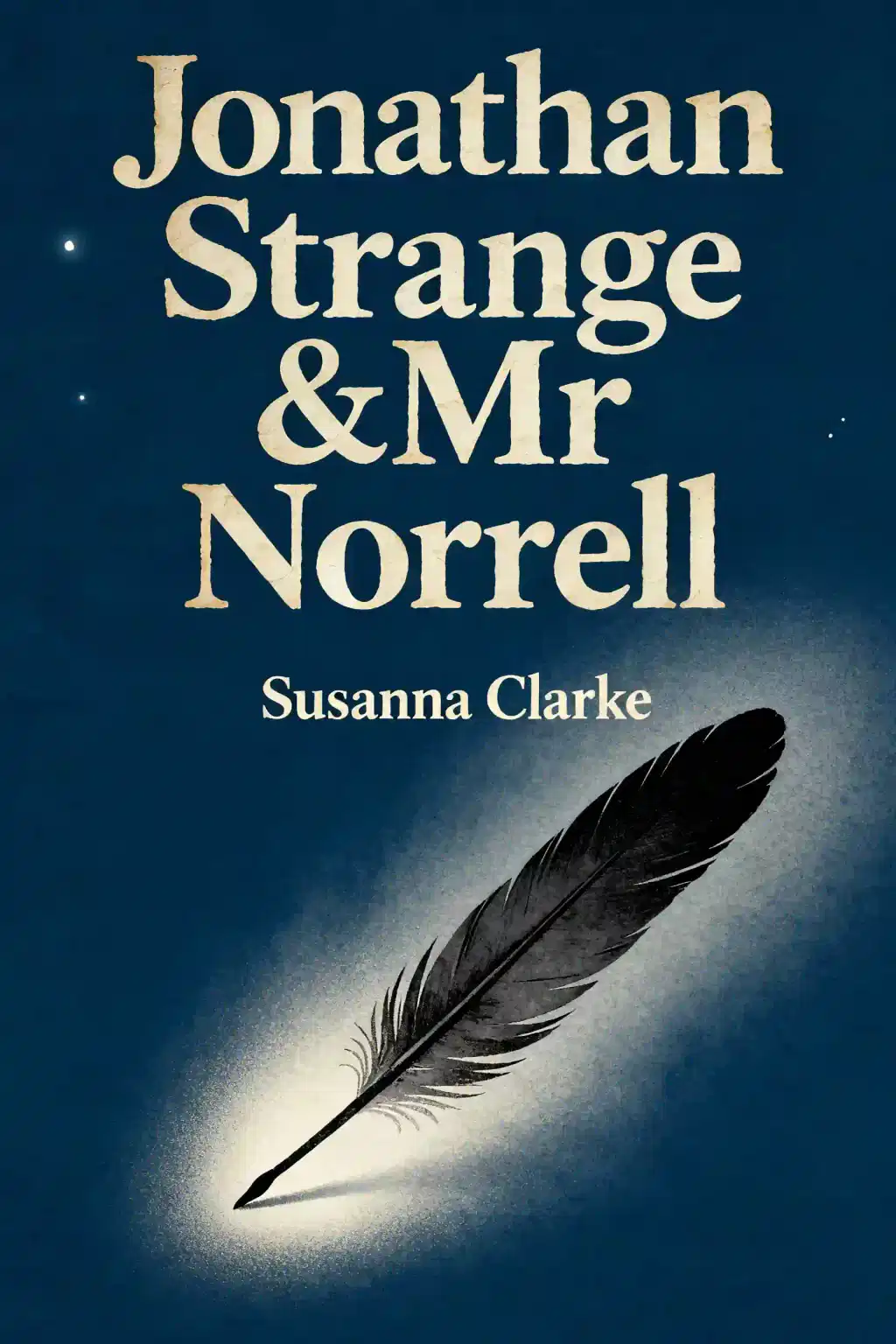What is
A Game Design Vocabulary by Anna Anthropy and Naomi Clark about?
A Game Design Vocabulary explores foundational principles and terminology for analyzing and creating meaningful game experiences. It provides a framework to discuss game mechanics, storytelling, and player interaction, emphasizing clarity in design through concepts like "verbs" (player actions) and "objects" (interactive elements). The book includes exercises to help designers move beyond genre clichés and craft intentional, impactful games.
Who should read
A Game Design Vocabulary?
This book is ideal for game designers, students, critics, and enthusiasts seeking a structured approach to game analysis and creation. It’s particularly valuable for those tired of derivative game mechanics and wanting to innovate through shared design language. Developers aiming to deepen player engagement or improve team communication will find practical tools here.
Is
A Game Design Vocabulary worth reading?
Yes—it fills a critical gap in game design literature by offering a unified vocabulary for discussing mechanics and storytelling. Unlike many design guides, it prioritizes intentionality over imitation, with exercises that challenge creators to refine their craft. Critics praise its focus on simplicity and player experience, though some note the storytelling section covers familiar ground.
What are the key concepts in
A Game Design Vocabulary?
- Verbs and Objects: Core mechanics defining player actions ("verbs") and interactive elements ("objects").
- Playtesting: Iterative testing to identify design flaws and refine player experiences.
- Holistic Design: Integrating visuals, sound, and controls to deepen context and immersion.
- Resistance and Difficulty: Balancing challenge to create meaningful "push and pull" in gameplay.
How does
A Game Design Vocabulary approach storytelling in games?
The book argues game narratives should emerge from mechanics, not cutscenes or text. It teaches designers to shape stories through player choices, pacing, and environmental cues (e.g., Super Mario Bros.' level design). Clark’s section emphasizes themes like conflict resolution and player agency, though some critics find it less innovative than the mechanics-focused chapters.
What exercises are included in
A Game Design Vocabulary?
- Analyzing existing games’ verbs and objects.
- Designing scenes that communicate goals without text (e.g., using visual cues).
- Group activities to prototype and iterate on mechanics.
- Challenges to re-skin familiar games with new themes.
How does
A Game Design Vocabulary compare to
The Art of Game Design by Jesse Schell?
While Schell’s book is broader (covering psychology, business, and aesthetics), A Game Design Vocabulary focuses on foundational language and intentional design. It’s more accessible for beginners but less comprehensive on industry practices. Both emphasize iterative design, but Anthropy and Clark prioritize breaking creative stagnation over technical execution.
Can
A Game Design Vocabulary help with indie game development?
Absolutely—it advocates for experimental, mechanics-driven design, aligning well with indie developers’ resource constraints. The exercises on minimalism and player feedback are particularly useful for small teams. Its critique of mainstream gaming’s repetitive tropes also resonates with indie creators seeking innovation.
What criticisms exist about
A Game Design Vocabulary?
Some argue its storytelling section lacks originality compared to its mechanics analysis. Others note the vocabulary framework, while useful, may oversimplify complex design challenges. The focus on abstract principles over technical tutorials might frustrate developers seeking direct implementation guides.
Why is
A Game Design Vocabulary relevant in 2025?
As AI-generated games proliferate, the book’s emphasis on intentional design and human creativity offers a counterbalance. Its exercises help designers craft distinctive mechanics in an era saturated with algorithmic content. Additionally, the shared vocabulary aids cross-disciplinary teams in an increasingly collaborative industry.
How does
A Game Design Vocabulary address game difficulty?
It frames difficulty as a tool for engagement, advocating for "resistance" that matches player skill growth. Examples include dynamic enemy placement and adjustable puzzles. The authors warn against arbitrary difficulty spikes, urging designers to align challenges with narrative or mechanical goals.
What does
A Game Design Vocabulary say about player feedback?
The book stresses observing players during testing to uncover unintuitive mechanics or pacing issues. It advises designers to watch for frustration vs. boredom cues and iterate based on behavior—not just verbal feedback. This approach ensures games evolve organically around player experiences.





















